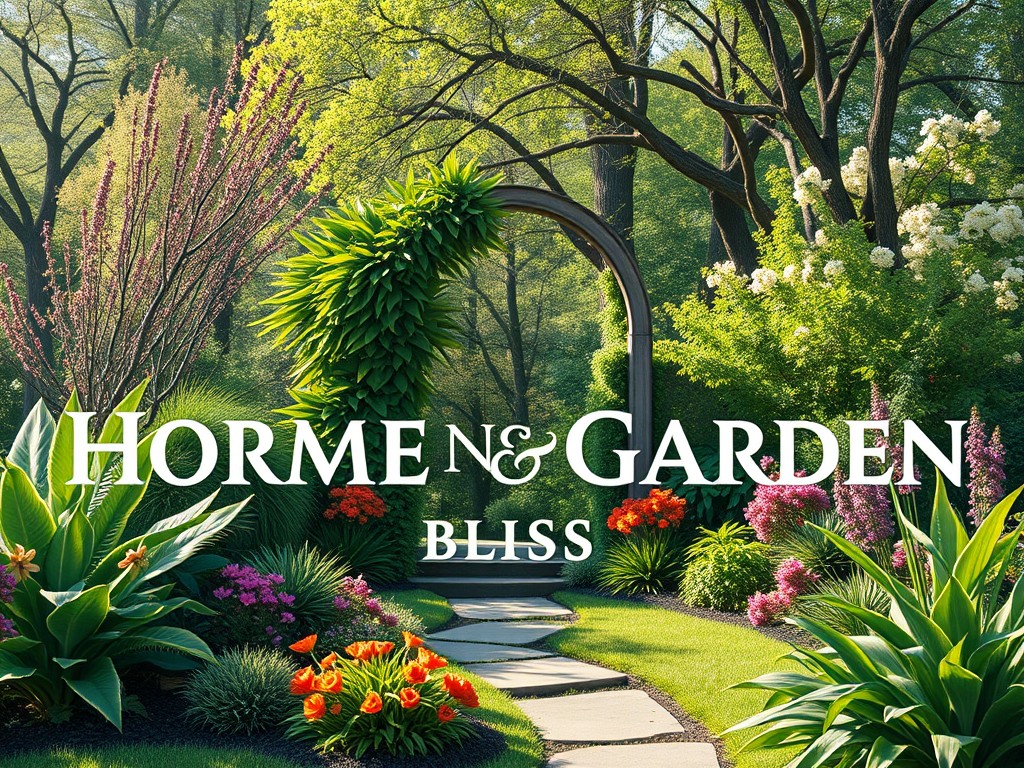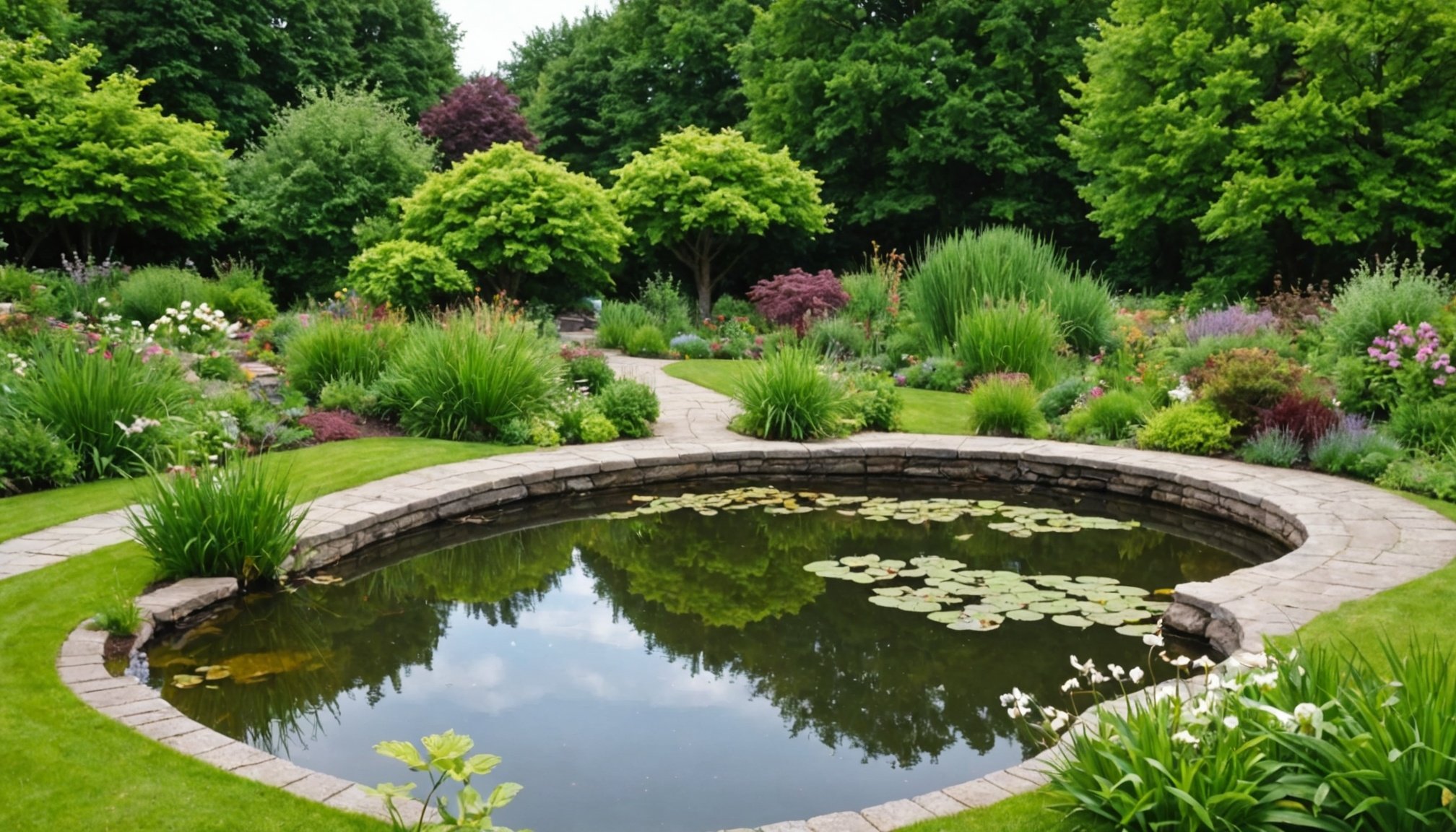Legal Regulations for Pond Construction in the UK
Constructing a pond in the UK involves adhering to specific legal regulations to ensure compliance and environmental safety. It’s crucial to understand the national regulations that apply broadly to such activities. These rules encompass guidelines on environmental impact, land ownership, and biodiversity protection.
Each locality may impose additional pond construction laws tailored to regional ecological needs. Hence, consulting local council requirements is pivotal. Councils oversee the approval process, ensuring that proposed ponds do not disrupt existing ecosystems or cause undue harm to wildlife. They may require detailed plans or environmental assessments before granting approval.
Avez-vous vu cela : Top Plant Selections for Creating an Enchanting Victorian Garden in Central London
Failure to comply with these UK requirements can lead to significant legal repercussions. Non-compliance might result in fines, enforced restoration of the land, or even the dismantling of newly built ponds. Moreover, it could harm the environment, disrupting local habitats and ecosystems.
To navigate these legal waters smoothly, it’s advisable for prospective pond builders to engage early with relevant authorities. Securing guidance from local councils during the planning stages can facilitate a smoother approval process and help avoid unforeseen legal issues. By respecting these legal guidelines, individuals contribute positively to environmental conservation efforts while enjoying their aquatic creations.
Lire également : Boosting Drainage: Best Soil Amendments for Enhancing Clay Soil Permeability in Northern UK Gardens
Understanding Permits and Permissions
Before undertaking pond construction, it’s essential to navigate the complexities of permits and planning permissions. These requirements can vary significantly by region, making it crucial to research local regulations.
Types of Permits Required
The type of permits required will depend on several factors, including the location, size, and intended use of the pond. Common permits may include:
- Zoning permits – ensuring the pond is suitable for the land use
- Environmental permits – to protect the local ecosystem
It’s important to contact your local council or regulatory body to identify specific requirements.
Applying for Planning Permissions
The process of obtaining planning permissions can be time-consuming. Applications typically involve submitting detailed plans of the pond’s design and potential environmental impacts. It’s wise to start this process early to avoid delays.
Generally, you can expect a timeline ranging from weeks to several months, depending on the complexity of the project and local government responsiveness.
Additional Permissions and Considerations
Some pond constructions may require additional permissions if they involve special situations, such as proximity to protected wildlife habitats or shared land use. In such scenarios, additional assessments or consultations may be necessary.
Understanding the nuances of construction approvals ensures compliance and smooth progression through the initial stages of your pond development project.
Environmental Considerations
When constructing a garden pond, evaluating the environmental impact is crucial. Building a pond disrupts the local ecosystem, potentially affecting flora and fauna. Before commencing any project, assess the site to understand the existing wildlife protection measures and regulations. These rules aim to preserve native species and safeguard their habitats.
Government areas often have specific guidelines for pond construction, focusing on maintaining nature’s balance. Adhering to these regulations not only helps in wildlife protection but also ensures your pond is a thriving ecosystem. For instance, local permits may require examining the pond’s potential impact on nearby species or ensuring migration paths for local wildlife remain unharmed.
To ensure ecological balance, follow best practices when integrating a pond into your landscape. Use native plants in and around the pond to support pond ecology effectively. Native vegetation attracts beneficial insects and wildlife, contributing to a vibrant ecosystem. Additionally, consider the water source, ensuring minimal disruption to surrounding lands and waterways.
- Assess the environmental impact.
- Follow wildlife protection regulations.
- Use pond ecology best practices like native plants.
Understanding these considerations ensures your garden pond is a harmonious part of the local environment, fostering a small yet significant ecological sanctuary.
Working with Local Councils
Navigating local council guidelines is an essential step in any community project. Engaging early with the local authorities ensures smoother progress and compliance with regulations.
Engaging with Local Authorities
The first step involves understanding the procedures for obtaining council approval. This typically requires submitting detailed plans and proposals that demonstrate compliance with existing community regulations. Councils assess applications based on planning policies, environmental considerations, and local needs. It’s crucial to familiarise yourself with these criteria to avoid unnecessary delays.
Community Consultation
Community consultation plays a pivotal role in the planning process. Local councils often require developers to engage with the community, gathering feedback and addressing concerns related to the project. This not only builds goodwill but also helps in identifying potential issues early on. Engaging the community fosters a sense of partnership and improves the likelihood of project success.
Resources for Local Council Guidance
Numerous resources can help in understanding council expectations and guidelines. Local council websites often provide documents and guidelines outlining these requirements. Additionally, reaching out to council officers can provide valuable insights and clarification. There are also workshops and seminars hosted by councils aimed at assisting developers in navigating the regulatory landscape efficiently.
Impacts on Property Boundaries
Constructing a pond on your property can bring joy and beauty, but it also has implications for property rights. When building near boundary lines, it may inadvertently shift perceptions of where those lines exist. This can lead to boundary disputes that impact relations with your neighbours.
For instance, the construction may encroach into adjacent properties, leading to disagreements about ownership. To prevent such issues, it’s vital to reference land surveys and adhere to local zoning laws. Explicitly defining your property rights ensures clarity and avoids potential boundary disputes.
Legal implications of pond construction cannot be overlooked. Building near boundary lines may necessitate obtaining permits and even crafting boundary agreements with affected neighbours. These agreements help solidify understanding, granting peace of mind to all parties involved. Consulting with a legal expert during this phase can avert long-term problems.
Maintaining amicable neighbor relations is crucial during construction. Open communication is key; inform neighbours early about your plans and seek their input when possible. An offer to share construction benefits, such as wildlife or aesthetic enhancements, can foster goodwill. This proactive approach not only strengthens neighbor relations but also ensures that your pond project commences without unnecessary complications.
Practical Tips for Successful Pond Construction
Embarking on the journey of pond construction requires meticulous planning and execution to ensure success. Start with a clear design plan, considering the pond’s purpose—be it for fish, plants, or aesthetics—and select an ideal location with adequate sunlight and drainage. Sketch a rough layout, detailing depth and shape, to serve as a guide during construction.
Taking an approach grounded in best practices is essential. Begin by marking the pond outline and excavating the area according to your design. Ensure the pond has varying depths; this not only supports different aquatic life but also enhances visual appeal. While excavating, save some soil to create a berm, which can help prevent run-off.
Avoid some common mistakes like neglecting to check local regulations or failing to prepare for potential leaks. Pre-emptively addressing these issues can save time and resources. Selecting the wrong pond liner or improperly installing it can lead to foundational problems; opt for high-quality materials and ensure a snug fit.
For the DIY enthusiast, numerous resources and tools are available. Specialty stores offer kits that include essential items such as liners, pumps, and filters. Online tutorials and guides provide step-by-step guidelines, ensuring you aren’t left in the dark. An informed approach not only simplifies pond creation but also ensures longevity and ecological harmony.











